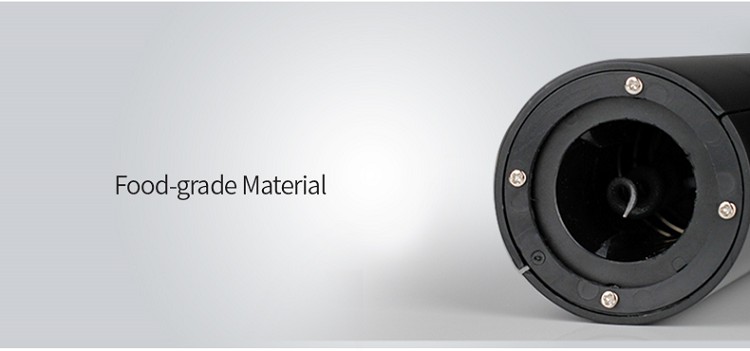Time:2022-01-10 Views:
Made from Quercus cork, "Quercus cork" is the botanical name for those slow-growing, perennial evergreen oaks that only grow in certain western Mediterranean regions. This tree needs a lot of sunlight and a perfect combination of low rainfall and slightly higher humidity, and its bark quality and thickness vary depending on the specific environmental conditions in which it grows.

Cork is known as the "patron saint" of wine and has always been considered an ideal wine stopper. Its density and hardness should be moderate, its flexibility and elasticity should be better, and it should have certain permeability and viscosity. Once the wine is bottled, the only channel for the wine body to contact the outside world is guarded by the cork.
Oak was used as a cork when wine was first born. The Greeks in the 5th century BC sometimes used oak to cork wine jugs, and under their leadership, the Romans also began to use oak as a cork and to seal it with fire lacquer.
However, cork was not yet mainstream in that era. The most common corks used for wine jugs and jars at that time were fire lacquer or plaster, and olive oil was dripped on the surface of the wine (to reduce the exposure of the wine to oxygen). In the Middle Ages, cork was apparently completely abandoned. Oil paintings of the time depicted wine jugs or bottles being corked with twisted cloth or leather, sometimes with wax added to ensure a tight seal.
